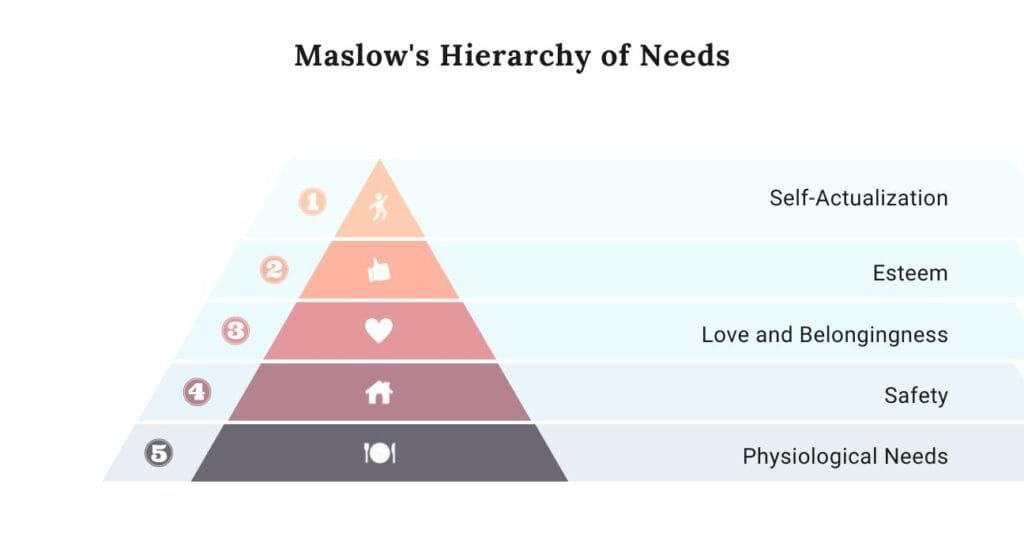The dictionary defines ‘wellness’ as the quality of being healthy in body and mind, especially as the result of deliberate effort. However, delving a little deeper into the topic, one sees that it’s also an approach to healthcare that focuses on preventing illness and prolonging life, as opposed to only treating diseases.
Read More: The Essential Role of Counselling and Therapy in Mental Wellness
We need to re-emphasize here, the preventive instead of curative outlook embodied by the realm of wellness. Indeed, in 1948, the WHO (World Health Organization), which is a specialized agency of the United Nations concerned with international public health, developed a powerful definition of health in their constitution. It said, “Health is a state of complete physical, mental and social wellbeing and not merely the absence of disease and infirmity.”
Has wellness always been how we see it today? Or are there layers that can be peeled for a better understanding of its evolution? It’s the latter.
To get to the root of the matter, we need to first look into recurring cultural trends going back to the nineteenth and twentieth centuries in the US and over 3,000 years in the ancient civilizations of Asia and Greece. All focused on the whole person – understanding that good health encompasses a balance in body, mind and spirit. These were the original systems of holistic medicine on the planet.
Read More: Secularism and Spirituality in Psychological Inquiry
Ayurveda
The tradition originated by word of mouth and later got recorded in the Vedas, the four sacred Hindu texts. Ayurvedic regimens are tailored to each person’s unique constitution (their nutritional, exercise, social interaction and hygiene needs) – to maintain a balance that prevents illness. Yoga and meditation are critical to the tradition, and are, of course, being increasingly practiced worldwide.
Traditional Chinese Medicine (TCM)
This is a type of natural healthcare system that dates back at least 2,000 years. It originated in ancient China and uses herbal medicines, acupuncture and tai chi, to treat or prevent health problems. Today, people use TCM primarily as a complementary health approach. It stimulates the body’s healing mechanisms and the practitioners view the body as a complex network of interconnected parts rather than separate organs.
Read More: Healing Through Art: The Power of Creative Expression
Ancient Roman Medicine
Next came ancient Roman medicine adopting the Greek belief that illness was a product of diet and lifestyle. Ancient Rome’s highly developed public health system (with its extensive system of aqueducts, sewers and public baths) helped prevent the spreading of germs and maintained a healthier population.
Homeopathy
Homeopathy is a system of alternative medicine and natural health care that has been in worldwide use for over 200 years. Created in 1796 by Samuel Hahnemann, it is based on his doctrine of ‘like cures like’, which claims that, a substance that causes the signs of a disease in a healthy person would cure similar symptoms in a sick person. Homoeopathic medicines – also known as “remedies” – are made from natural sources (e.g., plants, minerals), and are environment-friendly and cruelty-free.
Fast forwarding to the present times, a prominent physician in the US, and a consultant to the World Health Organization, Halbert Dunn, was very inspired by the WHO definition of health. Dr. Dunn would often lament, “Why is it that we physicians always speak of levels of illness and we never speak of levels of health.” He, then, evolved a new High-Level Wellness theory, and after getting retired, he gave a series of lectures, which got published in 1961 as the seminal book, ‘High-Level Wellness’. He is, thus considered the grandfather and original theorist of the wellness movement. His following words are considered to be one of the most foundational definitions of wellness ever written:
“High-level wellness is an integrated method of functioning which is oriented toward maximizing the potential of which the individual is capable, within the environment where he is functioning.”
So, how can we apply these models’ knowledge to achieve the highest levels of wellness in our lives? As a person with a background in psychology, I will take the liberty of picking an important concept by famous American psychologist Abraham Maslow.
MASLOW’S HIERARCHY OF NEEDS
Maslow’s Hierarchy of Needs
Maslow proposed that every person attempts to fulfil five basic needs: physiological, safety, social (love/belonging), esteem and self-actualization. This is usually shown in the shape of a pyramid with the largest, most fundamental needs at the bottom and the need for self-actualization at the top. Let us look at them one by one.

Physiological needs are the most basic physical requirements of human survival. They are the most important and must be satisfied before higher-level needs can be fulfilled. Examples include air for breathing, food, sleep, water, clothing, sexual instinct etc.
Safety needs are personal security (as related to the rights one gains by being a human being), financial security, and protection against accidents/illness/harm and their adverse impacts.
Belonging needs, also called love/social needs, are important to humans so that they do not feel alone, isolated and depressed. Friendships, family and intimacy; all work to fulfil the belonging needs.
Self- Esteem: need for self-esteem and respect. It always feels good to have self-respect and gain respect and admiration from others. Esteem presents this typical human desire to be accepted and valued by others. People exhibit a hobby or engage themselves in some profession to gain recognition. These activities give the person a sense of contribution as well.
Self-Actualization: “What a man can be, he must be”. This quotation reflects the need for self-actualization. This refers to a person’s full potential and the realization of that potential. Maslow describes this level as the desire to accomplish everything that one can, to become the most that one can be.
We all do this differently. While some of us desire to be the best possible parent, others work towards, perhaps, artistic pursuits. This need is expressed uniquely by each individual. Self-actualized persons have a quality and aura of truthfulness and completeness. In a nutshell, if a person can attain fulfilment of all these needs, in the writer’s opinion s/he is at the highest level of wellness. All the same, change is the only permanent thing in life and levels of an individual’s wellness can keep changing.













Leave feedback about this